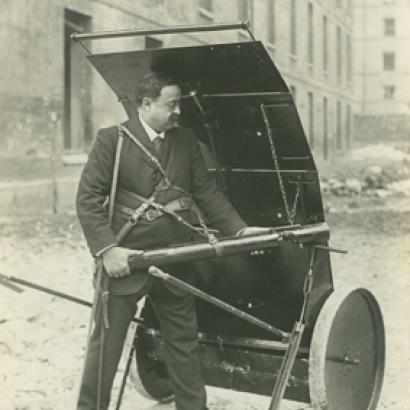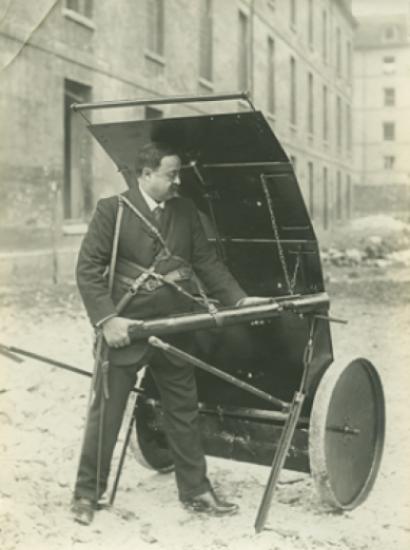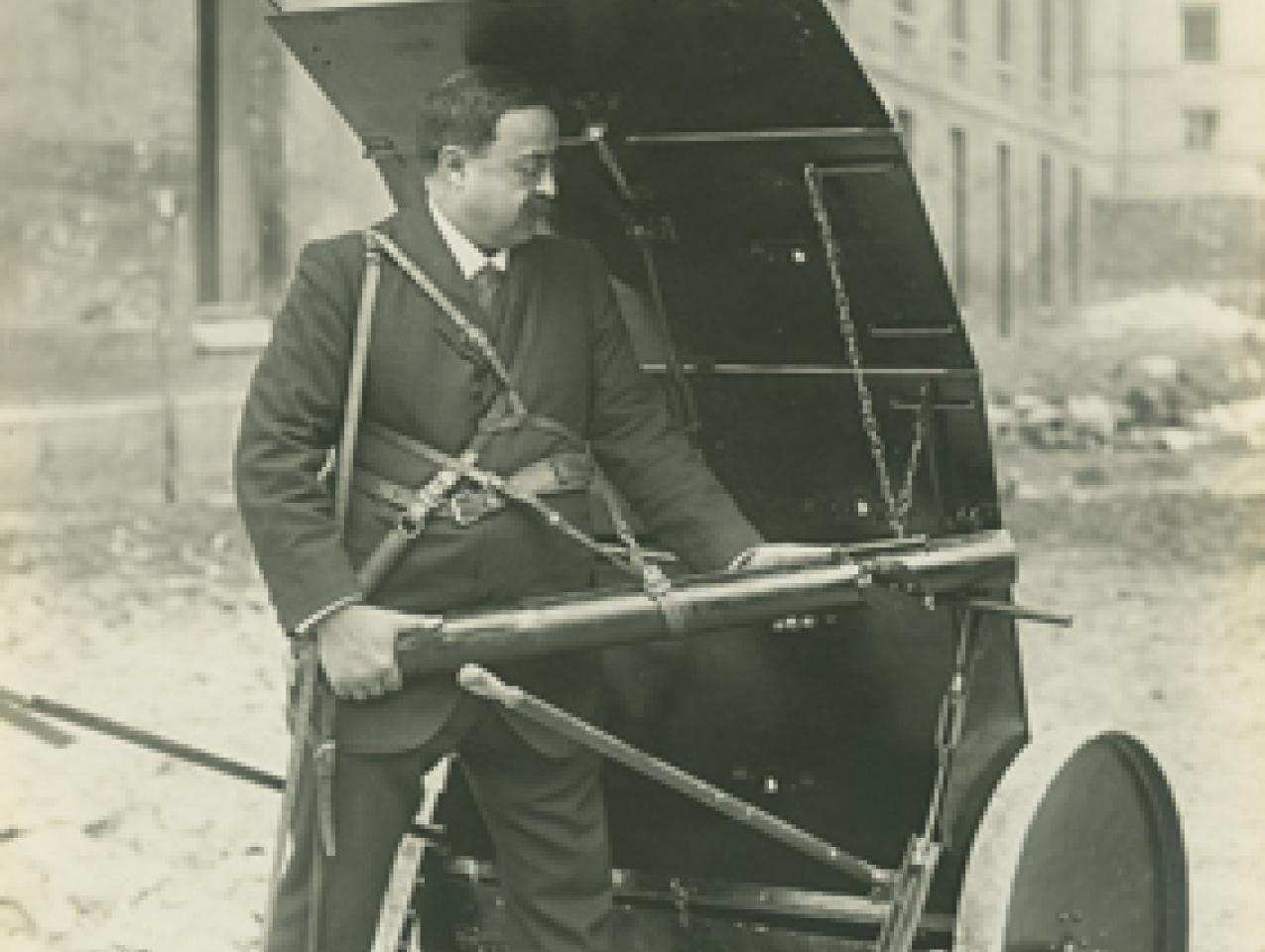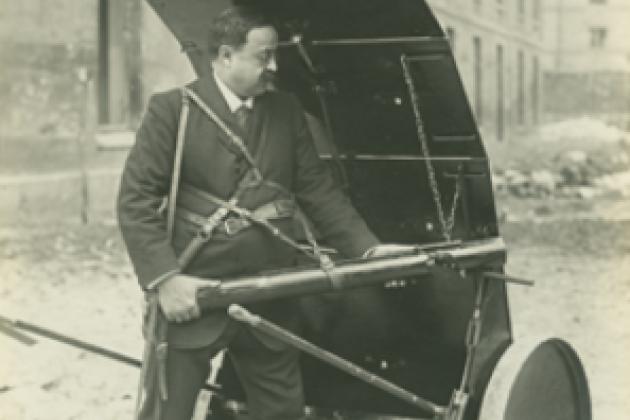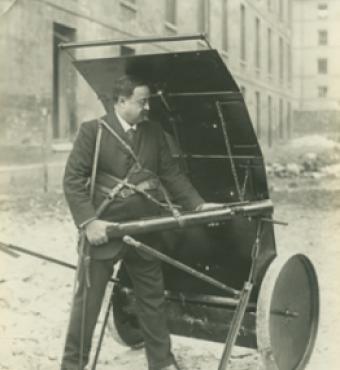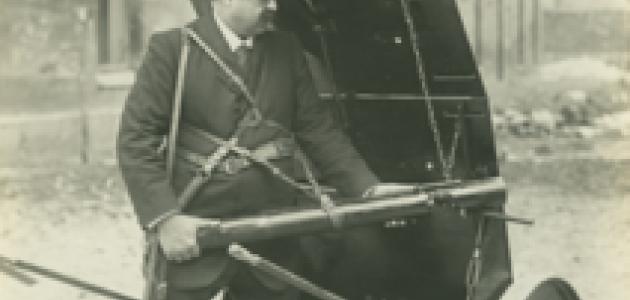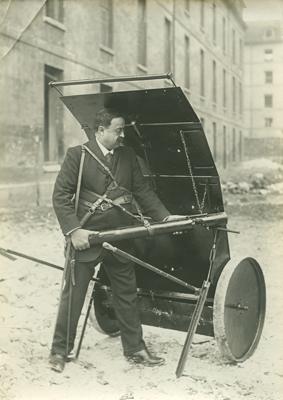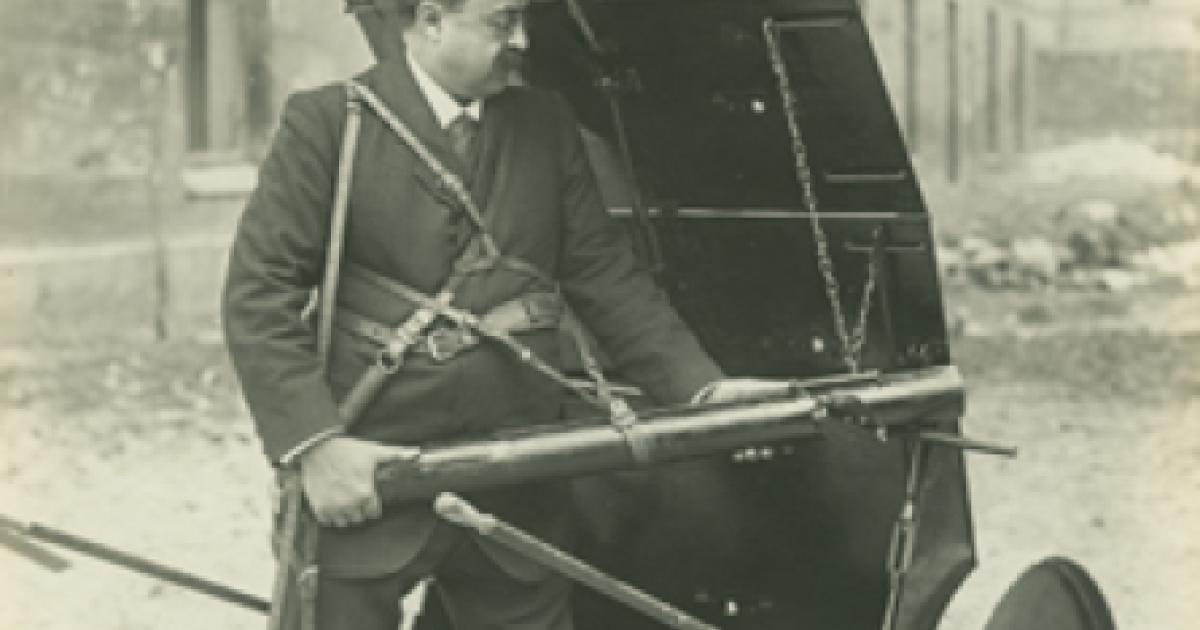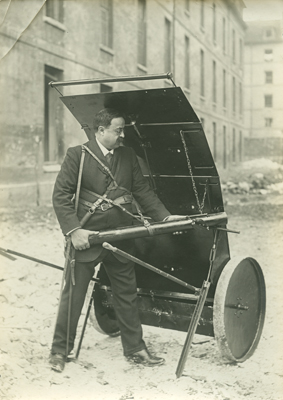
Kharkov. Dnepropetrovsk. Odessa. Mariupol. Sites of great armor battles seven decades ago, these cities are once again the front line of war. Tanks are massed but remain idle. Protesters, separatists, and “little green men” are the foot soldiers in the conflict between Russia and Ukraine. Snipers are the most effective weapons. Ukraine may fall to this “invasion” more easily than to an armored assault. Is this quasi-war the ultimate proof of the irrelevance of conventional forces today?
The participants do not appear to think so. Both sides are gearing up their conventional forces as well as their irregulars. Russia has kept almost all of its available professional forces (now quite small) mobilized on Ukraine’s frontiers. Masses of tanks north of Kiev have held the attention of elites in Ukraine even as Russian-backed irregulars have overrun much of the east.
This scene shows in microcosm the interplay between conventional and unconventional force today. The threat of conventional conflict continues to deter the use of conventional forces. U.S. and NATO forces (more than Ukraine’s own very meager military) are helping persuade Russian President Vladimir Putin to pursue an irregular invasion. NATO airpower would decimate Putin’s armored columns if he hurled them at Kiev, assuming the West chose to fight. Putin chooses to avoid the risk, at least as long as the indirect approach is succeeding.
Precision weapons are central to conflicts around the world, but they are not confined to conventional militaries. Snipers and rocket-propelled grenades fill that role in Ukraine. Suicide car bombs, explosively-formed penetrators, and other seemingly unconventional weapons do so in Syria, Iraq, Yemen, the Horn of Africa, and elsewhere. The U.S. prefers much more expensive missiles fired from drones or other aircraft—but suicide bombers hit their targets with depressing accuracy and devastating effect, and at a much lower financial cost. America and its Western allies choose not to deploy their conventional forces against foes who do not have regular formations. Russia and Iran pursue deliberately irregular strategies in part out of fear of those Western conventional forces. The current military epoch clearly drives combatants toward trying to apply force precisely in support of (or supported by) irregular troops, insurgents, protesters, social media, and cyber-attacks. The straight-line extrapolation of this trend would suggest that the days of conventional warfare have passed.
And so they have, at least in one sense. Modern weapons systems make the prospect of massed armored assaults, let alone of massed infantry assaults, foolish in almost any scenario. Western airpower makes massing large formations suicide. Adversaries without reliable airpower turn to lower-technology solutions such as improvised explosive devices (IEDs) supported by smaller numbers of advanced man-portable anti-tank and anti-aircraft weapons.
It is difficult to imagine a scenario in which armored columns could strike an adversary unawares in such a way as to negate the capabilities of these systems. The world is mobilized for war more broadly than it has been since the end of the Cold War—perhaps since World War II. The breadth of the mobilization is measured not in numbers of troops or tanks, but rather in the expanse of humanity that is engaged in, preparing for, threatened by, or victims of conflict. From Western Sahara east to the Pacific Ocean, from the Baltic to the equator, no major state is fully at peace. The conditions that would drive the reluctant superpower to invade will also inevitably produce a bow wave of ample warning for the intended target. Major conflict will likely involve combatants prepared for or preparing for war. Conventional forces will almost certainly face the full panoply of irregular countermeasures that have been developed to combat them from the outset of hostilities.
All of which means only that the next major conventional war will not look like conventional wars of the past. Armored vehicles will continue to play a role, because mobile protected firepower is an enormous advantage on the battlefield. Air-delivered munitions, both precise and imprecise, will continue to give an asymmetric edge to the side that can use them most effectively. But lethal man-portable weapons, cyber war, and the role of irregular combatants will allow individuals to participate directly in battle even against the most advanced conventional militaries. Mass, mobility, firepower, and maneuver remain key concepts, but their implementation on the battlefield is changing.
This situation is not new. The 1920s found the U.S., Britain, and the Soviet Union engaged in numerous small-scale interventions and counterinsurgencies. Experts claimed that the new technologies of the day—tanks and airplanes—had ended the era of major land warfare. Those experts were wrong. But the war that came in 1939—after a number of irregular foreshocks in Czechoslovakia, Austria, Ethiopia, and elsewhere that eerily resemble recent conflicts in Georgia and Ukraine—looked nothing like the war that had ended in 1918. It was conventional war unrecognizable to the regular commanders of the previous century. That is the sort of partly-transformed, partly-reimagined, yet historically-coherent conflict for which modern militaries must be prepared. The straight-line approximation is almost always wrong. Conventional warfare is in our future as much as it is in our past. The only question is: will we be ready?







